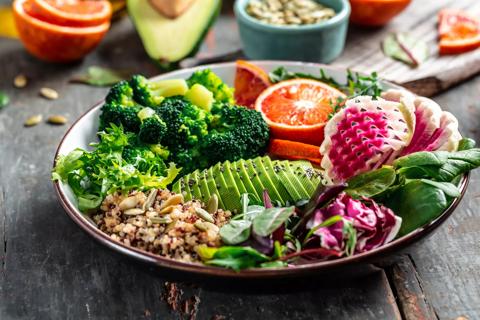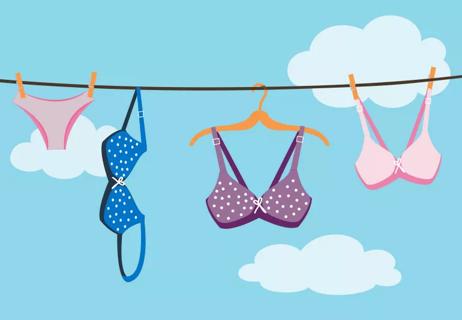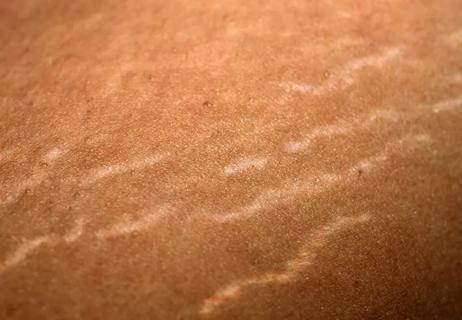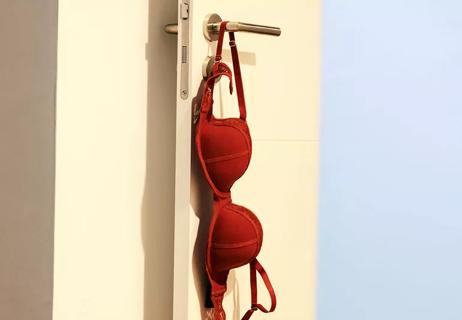Massaging your breast tissue can help reduce breastfeeding pain, treat lymphedema and find cancer early

Breasts go through a lot. We shove them into bras, beg them to defy gravity, rely on them to feed infants and take them for annual mammograms.
Advertisement
Cleveland Clinic is a non-profit academic medical center. Advertising on our site helps support our mission. We do not endorse non-Cleveland Clinic products or services. Policy
To show your breasts some TLC — and reap extra health benefits — consider breast massage. It involves gently pressing on and moving the soft tissue of your breasts.
“Like massaging your feet, back or shoulders, breast massage is a form of nurturing and self-care,” says breast surgical oncologist Margaret Thompson, MD. “But the benefits stretch beyond relaxation.”
Breast (chest) massage can enhance your wellness like other forms of massage therapy. Dr. Thompson discusses the benefits of breast massage, including:
Breast massage and breast self-exams are very similar. Both allow you to feel bumps and lumps in your breast tissue.
“Massaging your breasts is a great way to do regular self-exams,” Dr. Thompson says. “We encourage it because it helps you know your breasts and what’s normal for you. If something concerning, like a breast lump, does develop, you’ll recognize it and get it checked sooner.”
Examining your breasts regularly can help find breast cancer early, increasing the likelihood of successful treatment. If you’re using breast massage to screen yourself for cancer, Dr. Thompson recommends doing it monthly, a week after your period, when you may not have breast tenderness.
Advertisement
Lactating (producing milk) can be painful if you experience engorgement (overfull breasts), clogged milk ducts or mastitis (inflamed breast tissue). But breast massage may help.
In one study, people experiencing pain from lactation found that breast massage immediately improved their pain level. After 12 weeks of regular breast massage, 65% said the massaging was very helpful.
Another study found that two 30-minute breast massages in the first 10 days after giving birth reduced discomfort due to lactation and breastfeeding.
“Breast massage can release or relieve plugged milk ducts and engorgement,” Dr. Thompson explains. “You’ll have less pain, which can increase the quantity of your milk.”
Your lymphatic system helps your body avoid infection. It helps flush out toxins (waste fluids) from your breasts. But sometimes, those fluids can build up (lymphedema). More than 20% of people with breast cancer develop lymphedema — typically after surgery or radiation therapy.
“Massaging your breasts helps the lymphatic system and can manually relieve the lymph nodes that drain the breast,” Dr. Thompson says.
Research shows that performing breast massage in addition to compression therapy — the typical treatment for lymphedema — showed more significant symptom improvement than compression alone.
“But ask your surgeon or doctor before using massage for lymphatic drainage,” stresses Dr. Thompson. “They’ll give you individualized instructions if it’s part of your treatment plan.”
No conclusive evidence shows that breast massage helps improve or fix sagging breasts. But breast massage, especially with oils, may help improve the firmness of breast skin.
“A gentle massage helps improve your skin’s strength and elasticity,” Dr. Thompson says. “You may be able to decrease or even prevent stretch marks.”
The muscles beneath your breasts are called pectoral muscles. They enable your arms to have a wide range of motion. But when you lift something heavy or do upper body strength training, your pectoral muscles can get sore.
“Massaging your breasts can also relieve pain and tension in the pectoral muscles,” Dr. Thompson says.
She adds that tense back muscles can also strain your pectoral muscles, so if your upper back is also sore, breast massage may help.
Massaging anywhere on your body — including your breasts — helps relieve stress. It can also increase sexual intimacy.
“Massage and sexual intimacy both release oxytocin, our pleasure hormone,” Dr. Thompson explains. “It can help relax your entire body.”
Advertisement
How you massage your breasts may change slightly depending on the reason for the massage. Dr. Thompson offers some general recommendations.
To get the most benefit from a breast massage, find a convenient method that puts you at ease.
“Use the massage method you’re most comfortable with,” Dr. Thomson advises. “Some people prefer to massage their breasts in the shower so their fingers can glide easily over their skin. Others prefer to lie down or sit in front of a mirror. In those cases, use baby oil, massage oil or olive oil to make it easier.”
Apply light pressure while walking your fingers across your breast or massaging in small circles. To ensure you massage your entire breast, Dr. Thompson recommends using a pattern like:
If you’re doing a breast massage for specific medical reasons, you may need to pay more attention to how you massage your breasts. Dr. Thompson offers tips for people doing breast massage to:
Advertisement
Regular breast massage may keep your breasts healthier and increase the chances you’ll notice a breast lump or issue immediately.
“If you feel a lump, have nipple discharge or notice skin changes, see your healthcare professional,” Dr. Thompson states. “If you’re healthy and massaging for your well-being, do it as often as you like. There are no disadvantages to doing it every day if it makes you feel good.”
Advertisement
Learn more about our editorial process.
Advertisement

Feelings of sadness or dread when your nipples are touched may be linked to dysphoric milk ejection reflex (D-MER)

Taking precautions like eating healthy, stopping smoking and getting regular screenings can help protect against breast cancer

A dermatologist dishes on the dirty truth

Plus, a dermatologist tells you whether you can get rid of them

Get the scoop on whether going braless poses any health risks

These over-the-counter kits are 99% effective at identifying when you’re most fertile each month

Start having sex about 72 hours before ovulation, then at least every other day during your fertile window

Strong vaginal and groin odor is normal for many people — it can be the result of sweat, urine infections and more

Babies can get congested easily, but you can calm their cough by keeping them hydrated, using nasal drops and running a humidifier

Weight loss may cause loose, sagging skin and muscle loss to your rear

Several conditions, like vitiligo and fungal infection, can cause a loss of pigmentation, leading to white spots or patches on your skin